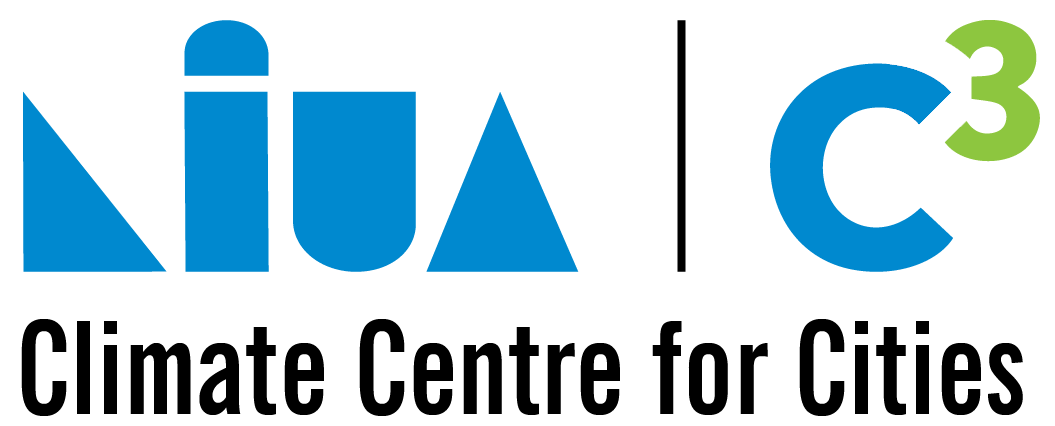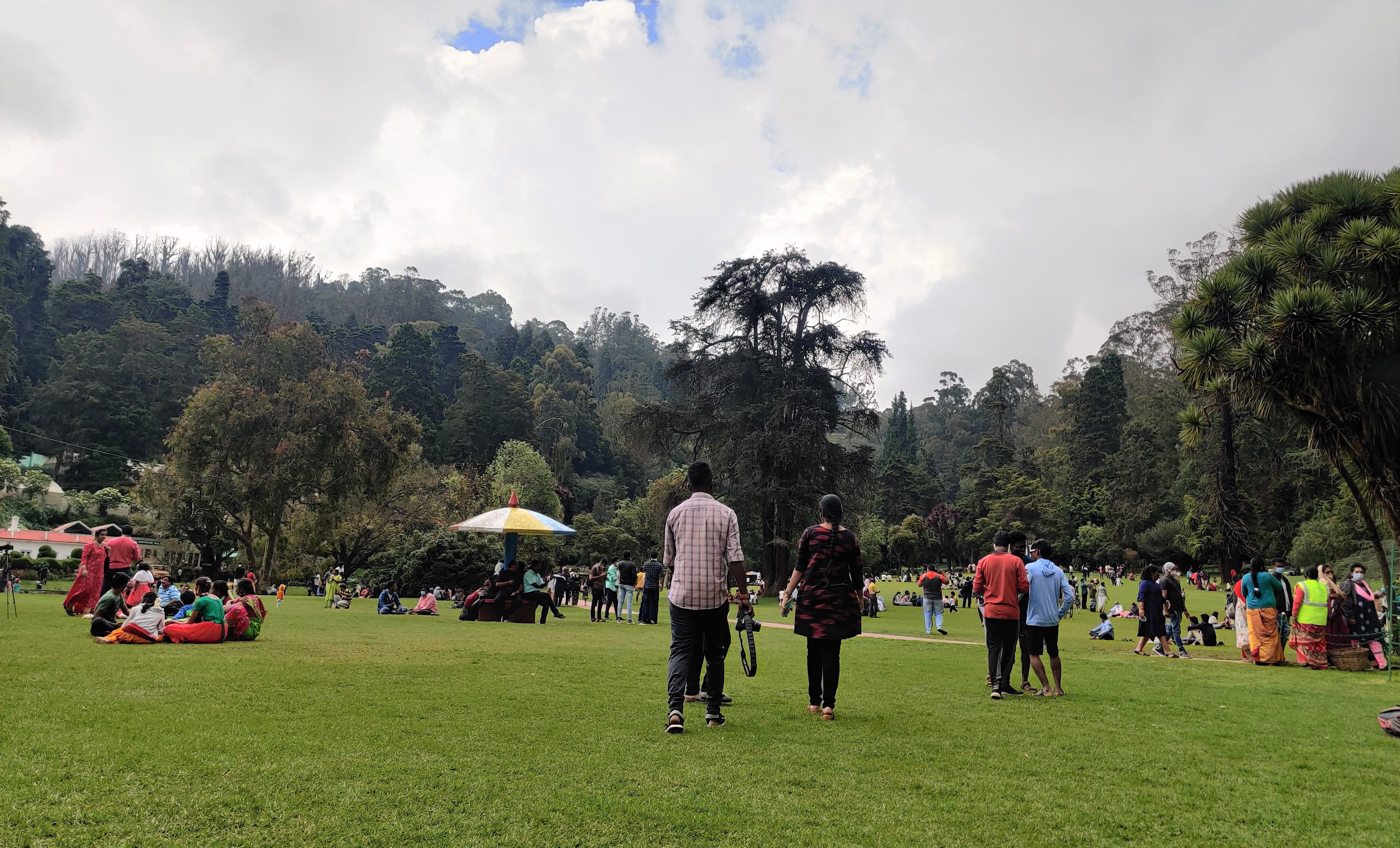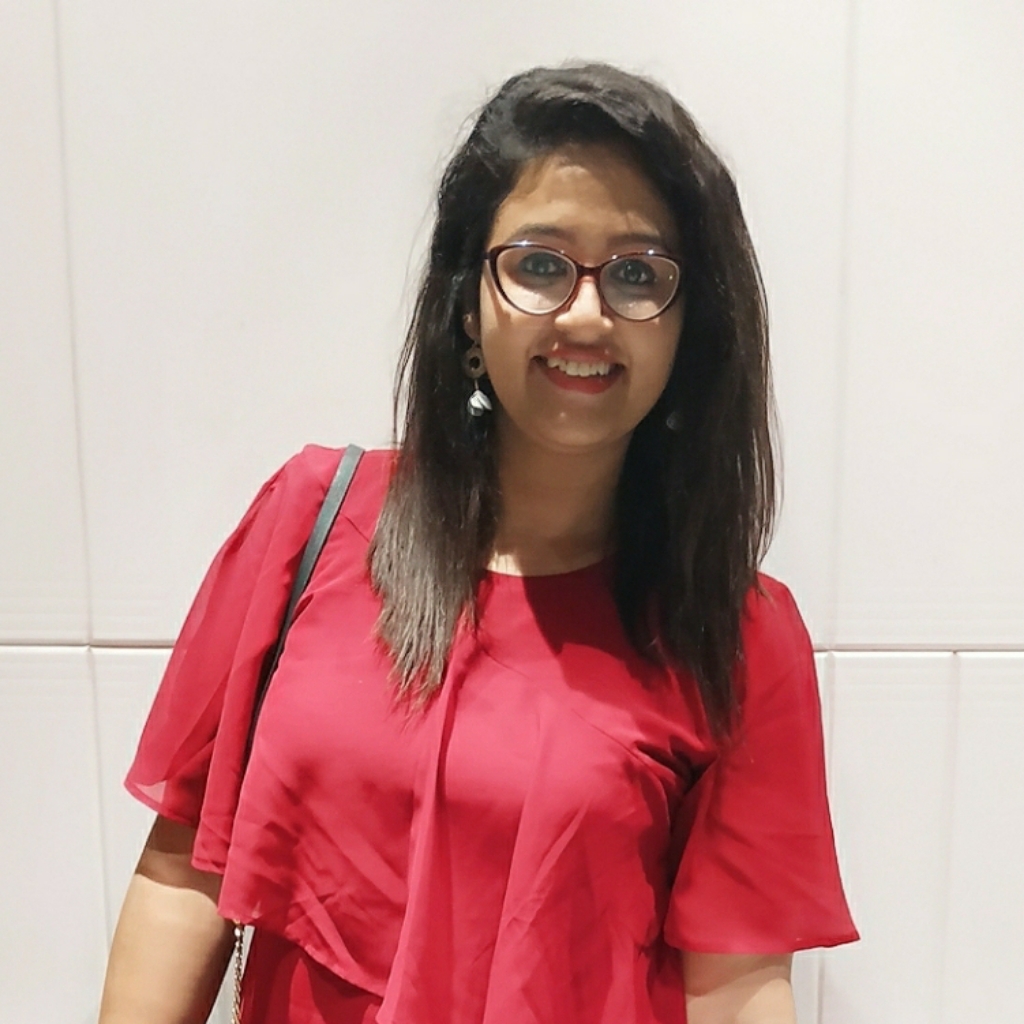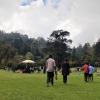Resurrecting Public Spaces
Published On:
Thursday, October 21, 2021
The COVID-19 lockdown, imposed around the world, has triggered unprecedented changes in the lifestyle and behaviour of individuals. Restrictions on use of public spaces and physical distancing have been the prime policy measures to reduce the transmission of COVID-19 and protect public health.
Today, while most of us have adjusted to the virtual way of working, it is observed that people have a newfound appreciation for public spaces. Public spaces which tend to bind communities and are considered the lungs of a city are often neglected in favour of other priorities. The pandemic has made people realise the value of accessible public spaces and has nudged them to question the impact of public spaces on their health and well-being.
Public spaces enhance the experience of lived reality. The experience of “Public commons” is the experience of a city. Cities in history are remembered for their public spaces such as European squares, the Greek agoras, and Indian chowks. Public commons is not limited to only large open spaces. The usefulness of neighbourhood parks and wide footpaths also contribute to making our cities more liveable.
In India, these public spaces serve as places that offer opportunities for recreation, social gatherings, religious activities, economic hubs, and physical health. Public commons are broadly categorised under five classes, namely, local-level parks and playgrounds, community-level parks and open spaces, district-level parks, sub-city parks/complex/playgrounds, and forest covers. Furthermore, urban streets, neighbourhood parks, public squares (chowks), incidental spaces, parking lots and rooftops have also gained importance in recent times as other forms of open spaces.
Today, while managing an immediate response to the COVID-19 pandemic, cities are also looking ahead to plan and resource long-term recovery efforts. This offers an opportunity to rethink and revitalize cities’ public spaces in a meaningful manner. The crux of better-planned neighbourhoods and cities lies in the management and adequate supply of these public spaces which in turn contribute to build climate-resilient neighbourhoods and healthy, connected communities.
Flexible and Fluid Spaces
Pop-up parks and temporary local public spaces are the need of the hour in this new world of social and physical distancing. Room for experimentation should be provided in our existing urban design guidelines to temporarily redesign public physical environments not just during emergencies but beyond that as well, making it easier for communities to stay informed and safe whilst having access to fresh air and an open environment.
Guided Access to Spaces
Our habits are triggered by cues built into our physical environment. If it’s business as usual, we will habitually revert to the old behaviour. Hence, guidelines on green spaces is a must. To reduce overcrowding, people inflow needs to be regulated with time limits, limiting the number of people at a given time and extending hours for accessing these spaces. Thus, physical distance can be maintained even in limited spaces.
Complete streets
Space allocation is been done through efforts like Raahgiri, Streets for All etc., Now is the opportunity to scale up these efforts. This can be done by repurposing residual right of way and bringing as much
space into the public realm as possible. A prominent example of this is seen in Toronto, where temporary pedestrianization of downtown Yonge street, the busiest street of the city, has been proposed. Several other cities in the world have followed suit and stopped cars and pedestrianised streets as a social-distancing measure. On that account, through staggered access, some streets can be designated completely for pedestrians and non-motorized transport only, while maintaining distance and reducing crowding on roads and streets.
Mapping and re-purposing of underused or low-functioning spaces
Increasing supply of public spaces is another step-in recovery that will lead to better management through dispersed use and benefits from enhanced natural infrastructure. This can bring into use spaces like empty grounds, college compounds, road dead-ends, city roundabouts, school playgrounds, parking lots, commercial and public building rooftops.
Rebuilding Neighbourhoods
The world today is buzzing about “15 minutes neighbourhoods”, in which one can access all of their day-to-day needs within a 15 minute walk or cycling distance from their home. This imagination goes back to the 1900s conception of neighbourhood planning by Clarence Perry that recognised basic amenities and services must be made available to communities for self-contained and functional neighbourhood living. The theory lost its essence in the past couple of decades where communities became increasingly reliant on cars and comfortable with long commutes for basics like accessing public spaces, shops, schools, and other amenities.
We must reflect on the kind of cities and communities we want to live in and what needs to be done to enhance the quality of life for all. A city-level ‘Public Space Policy’ needs to be thought about. This must bring together public and private sector stakeholders in not just increasing public spaces and making them viable and accessible but in also inoculating city neighbourhoods against future shocks.
Contact Us
1st and 2nd Floor, National Institute of Urban Affairs
India Habitat Centre Lodhi Road New Delhi-110003
Please Call Help Desk at 011-411-86699
Monday - Friday, 9:00 AM - 5:00 PM
Please write to us at c-cube@niua.org









Post a Comment